While I am really passionate about movies and travel, I am equally passionate about sports. I usually write about India destinations and food, but just a few days ago one of my readers and friends did mention about writing on Indian sports and other categories that I haven’t covered already. Surprisingly, by that time, I had already thought of writing on one of the Indian sports that certainly remains so unique and close to the culture and roots of India. I know by now, most Indians would be thinking of me writing on cricket, because cricket is a religion in India, just as football is to Brazil and baseball to the United States of America. However, I’m not going to cover cricket here, instead, I chose a sport that has risen from the ashes of the past and is slowly becoming a trend across India. Any guesses India?
What if I told you that the sport I’m talking about is said to be 4000 years old. In fact, the origins of the game cannot be traced because there is no specific written document about it, but there are references to the game in the Mahabharata, one of the two major Sanskrit epics of ancient India, the other being the Ramayana. There are other ancient mythological epics as well that also have hints of the game and it is said that people in old times played this sport for recreation. Well, I think I’ve had built up enough excitement and suspense so here it comes – the game I’m talking about is called Kabaddi (pronounced as Ka-bad-dee).
While not so immensely popular as cricket, Kabaddi certainly is a game that’s deeply connected with India. It is a contact sport that is still played in the heartland of India and now gradually is becoming a trend across India as media channels and celebrities have come up with their own clubs that play professional kabaddi on a national level. However, I’ll come to that later in the post.
Origins of the Sport
The origins of kabaddi can be traced back in the southern Indian state of Tamil Nadu. The sport actually reflects the elements of group hunting and defense. The word kabaddi is also derived from the Tamil language word ‘kai-pidi’ meaning ‘to hold hands’. Gradually, the sport became prevalent across different parts of India and every region has a different strategy plan to beat the game. There are various forms of kabaddi known as Sanjeevani, Gaminee, Amar and Punjabi. The modern day kabaddi is an amalgamation of all the different forms of kabaddi along with international rules.
History of the Sport
While kabaddi has remained popular in the heartland of India, it was the state of Maharashtra that brought the game to the national status in 1918. The first All India Tournament was held in Baroda (now in Gujarat state) in 1923. The game received its first international exposure at the 1936 Berlin Olympics demonstrated by Hanuman Vyayam Prasarak Mandal (Hanuman Exercise Broadcasting Group), Amravati, Maharashtra. In 1950, All India Kabaddi Federation came into existence and laid down the rules and regulations that came into effect from 1952. Certain rules and regulations were modified later on to improve the sporting experience without impacting its originality and the game was also demonstrated at the World Youth Festival in Moscow in the year 1957. In 1984, Kabaddi was included for the first time in the South Asian Federation Games.
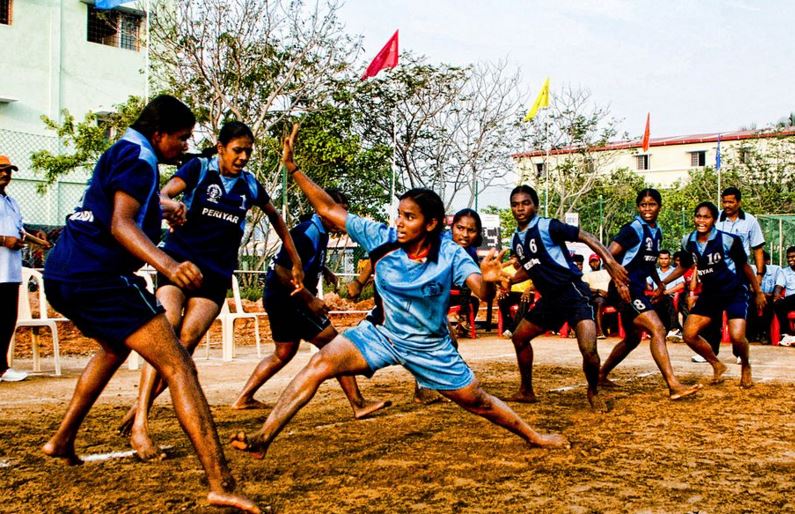
The International Women Kabaddi Tournament was first held in the year 1995 also known as the Nike Gold Cup, sponsored by Nike, Japan. In 2004, Kabaddi World Cup brought together kabaddi stalwarts from across the globe to claim their global supremacy. Surprisingly, Kabaddi is the only sport in which Indian team both men and women have won all the World Cups since its conception (Men have won 7 World Cups titles, Women have won 3 World Cup titles). In the global team ranking, India takes the top spot followed by Pakistan and Iran taking the third spot.
Additional Trivia
Surprisingly, kabaddi is not only played in India, but also across different countries in South Asia & Europe like Bangladesh, Nepal, Maldives, Spain, Argentina, Belgium, Denmark and Italy. In fact, kabaddi is now also played in Canada and other countries like the United States of America, Norway, and England participate in claiming the world championship title.
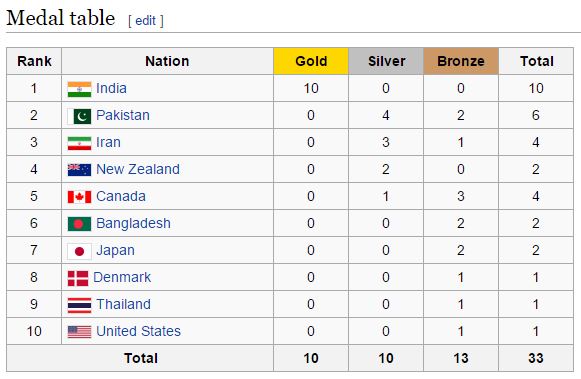
While many Indians would assume that kabaddi is the national game of the country, the fact is that it is not. In fact, kabaddi is a national game of Bangladesh. However, the game remains the state games of Indian states like Maharashtra, Tamil Nadu, Bihar, Andhra Pradesh, Telangana, and Punjab. Kabaddi is also known by different regional names such as in Bangladesh it is called Ha-Du-Du, in Maldives they call is Bai-ba-laa, in the Indian state of Andhra Pradesh they call it Chendu-gu-du, in the Tamil Nadu state they call it Sadu-gu-du and in the state of Maharashtra it is known as Hu-Tu-Tu.
More About the Sport
While I was researching on this ancient sport, I had a question in my mind – Why is this sport still being played in India and abroad? What makes it so intriguing? I mean we have so many sports that dominate the TV channels and sponsors are more than willing to fund it. Kabaddi, on the other hand, gets less recognition and appreciation, but this sport has emerged and has become a trend which is fascinating to me.
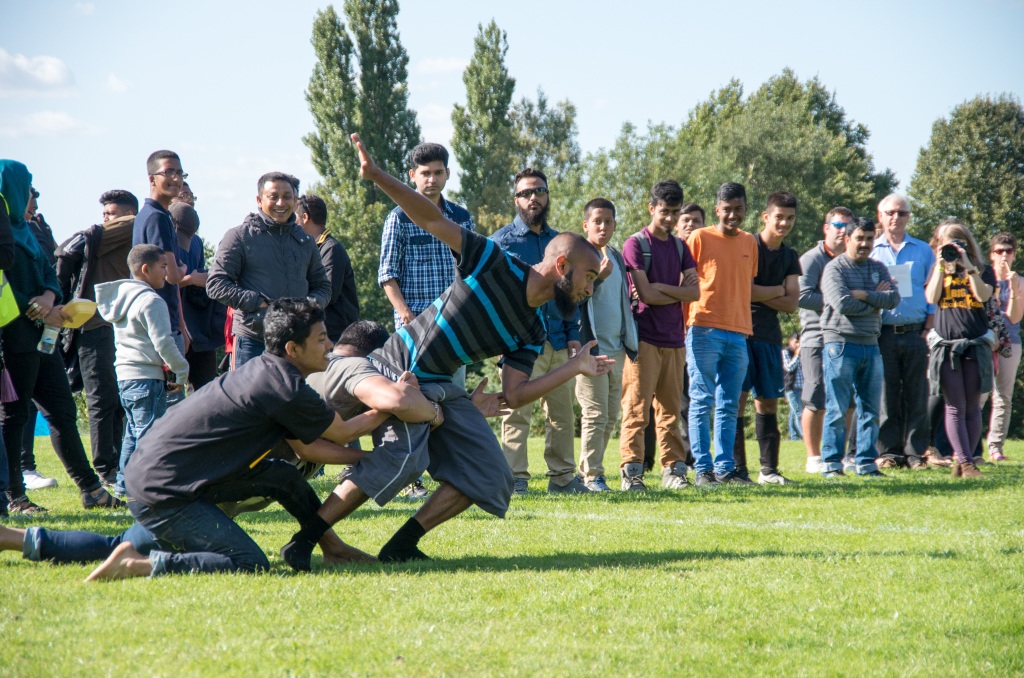
Although I can’t really find any answers online, I believe that the secret lies in the simplicity of the game (it only requires a small ground and a whistle for the referee) and how it closely related to human instinct of survival and defense. Humans like any other animals are territorial and we have the instinct to protect our area, it just comes naturally to us. Similarly, we also have the instinct to win over things and take challenges head on. During my school days, I learned that kabaddi is not just a physical sport, but a mental one as well. When you’re attacking (a.k.a raiding), you walk into the enemy lines alone, touch (make contact with) one of the opponent players and then walk, jump and run your way out to the safety line. It’s a combative game with seven to nine players on the ground for each side. Each side takes alternate chances of offense and defense.
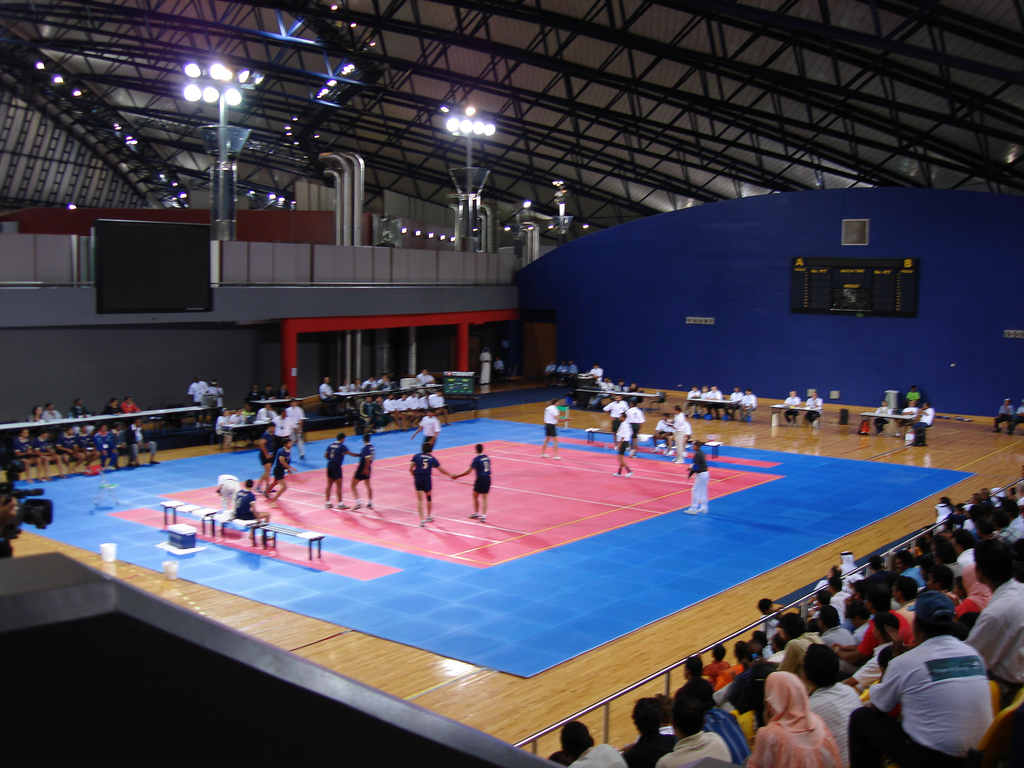
The basic thumb rule is to score points by raiding (entering) the enemy’s court, touching as many as defense players as possible without getting pinned down The attackers are called Raiders while defensive players are called Antis. While the attack is an individual attempt, antis defense their home ground in a group effort. If the raider touches an antis player or multiple players and retreats safely back home, all those antis players are considered ‘out’ and they remain out of the game until their team scores a point during their raid turn.
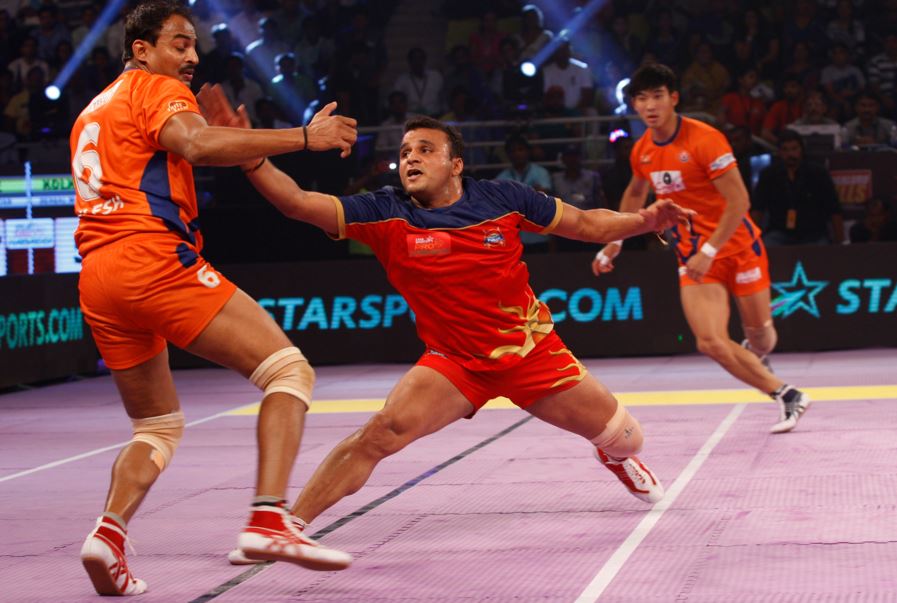
Of course, this seems like a simple game. You walk in, touch the antis and retreat back to home ground. However, there are many factors to consider before you walk into the enemy court.
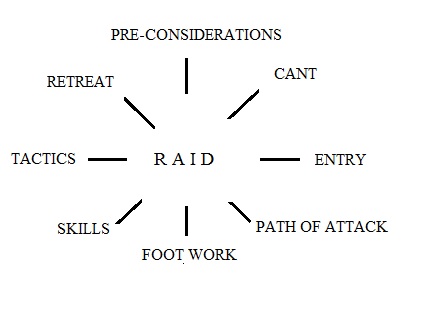
A raider (attacker) has to evaluate various things like the exact point to enter the enemy’s court, number of players in the opponent team, abilities and strong points of the defense team and style of the players, making a mental attack, choosing a weak player to touch and distance to be covered to retreat to home court. All this evaluation happens in a matter of few seconds and, therefore, kabaddi requires quick strategy making skills along with agile body movements.
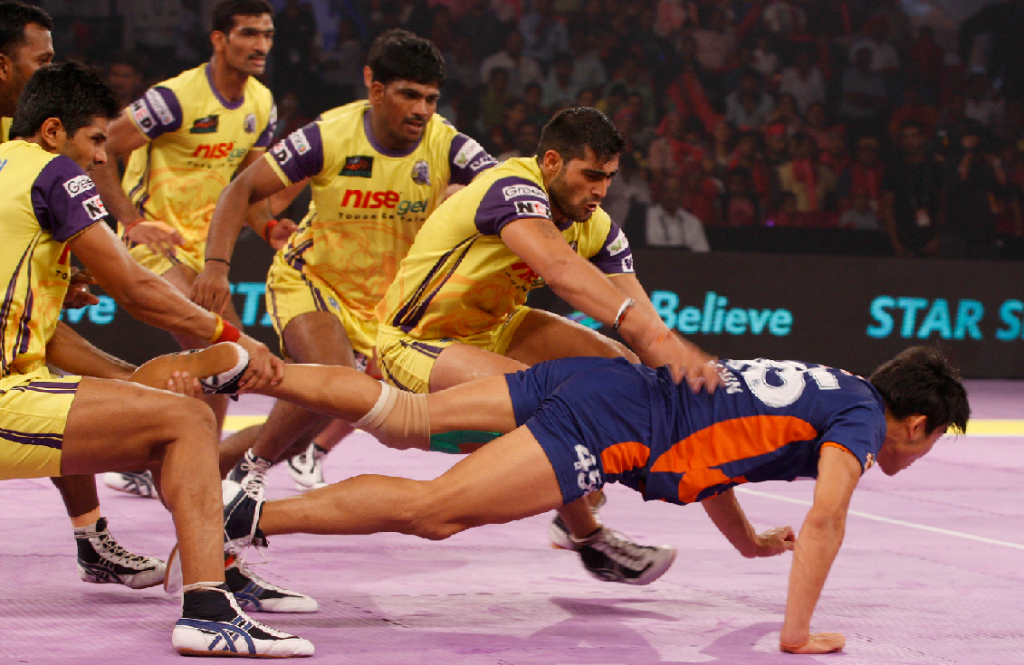
One of the unique features of this sport is the cant. The cant is basically a continuous and audible chant of the word ‘kabaddi’ by the raider from the moment he enters the enemy court until he returns to home court. If the raider stops chanting the word ‘kabaddi’ in the opponent’s court, he will be declared out even if the defense team does not pin him down. This certainly sounds like a crazy rule, but the reason behind this rule is deeply associated with yoga. In yoga, Pranayam (breathing exercise) closely associates respiration with mental processes. Taking a deep breath and withholding it is considered good for the heart and calms down the central nervous system assisting in longevity and improved concentration. When the raider walks in, he has to take a deep breath and chant the word ‘kabaddi’ and complete the raid (attack) without losing control over his breath. It’s a perfect example of having a sound mind in a strong body through a sporting activity.
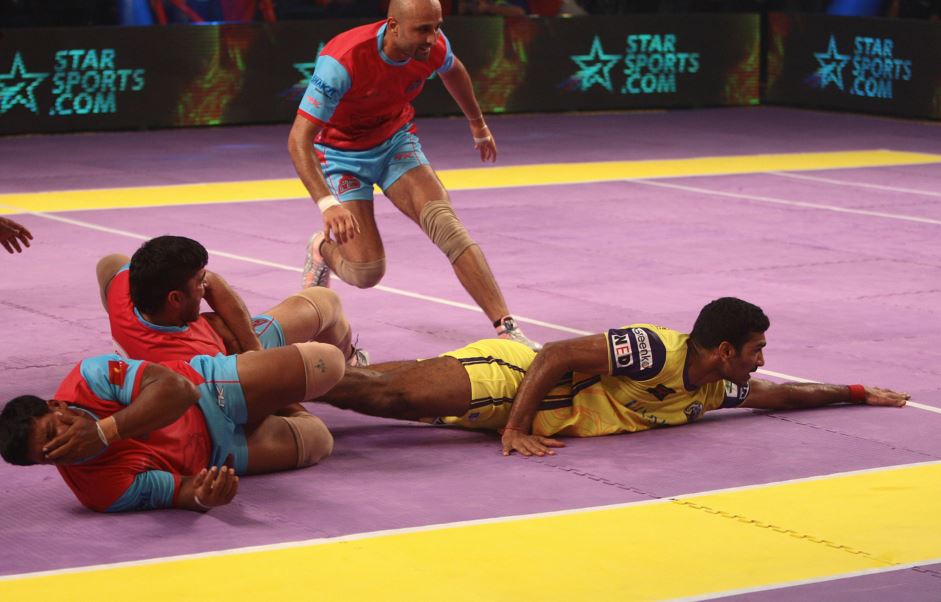
Revival of the Sport
In 2014, Pro Kabaddi League re-ignited the passion for kabaddi in India and the league is an eight-city tournament. All the eight teams participating travel together to all eight venues to play 60 matches. The first league trophy was won by Jaipur Pink Panthers in 2014, followed by U Mumba in 2015 and Patna Pirates this year in 2016. The league has seen a surge in TV viewership to 456 million viewers in India alone making it the second most popular league right after IPL.
Below is the promotional song of the 2015 Pro Kabaddi League called ‘Le Panga’ which literally means – Let’s Mess, sung by none other than Mr. Amitabh Bachchan. Enjoy it.
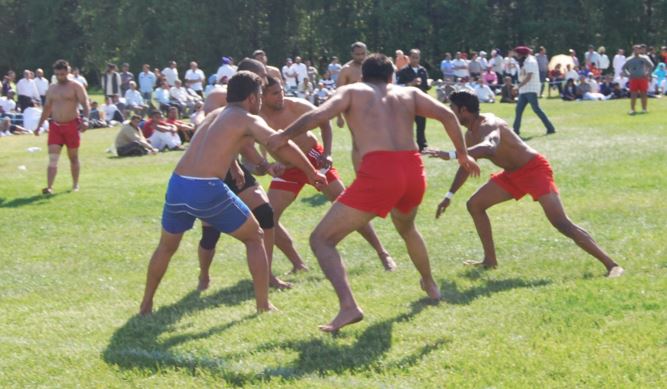
Leave a comment